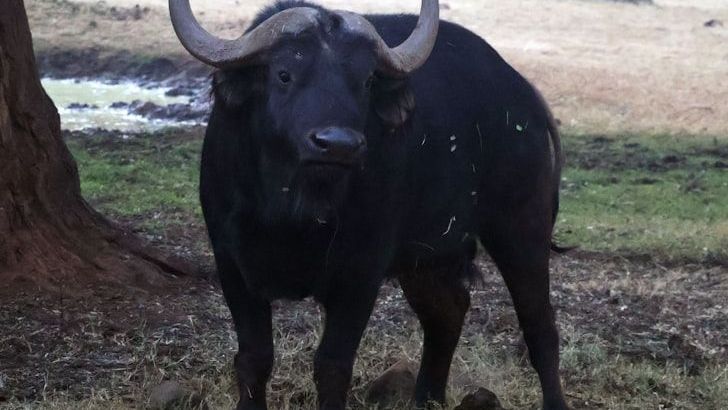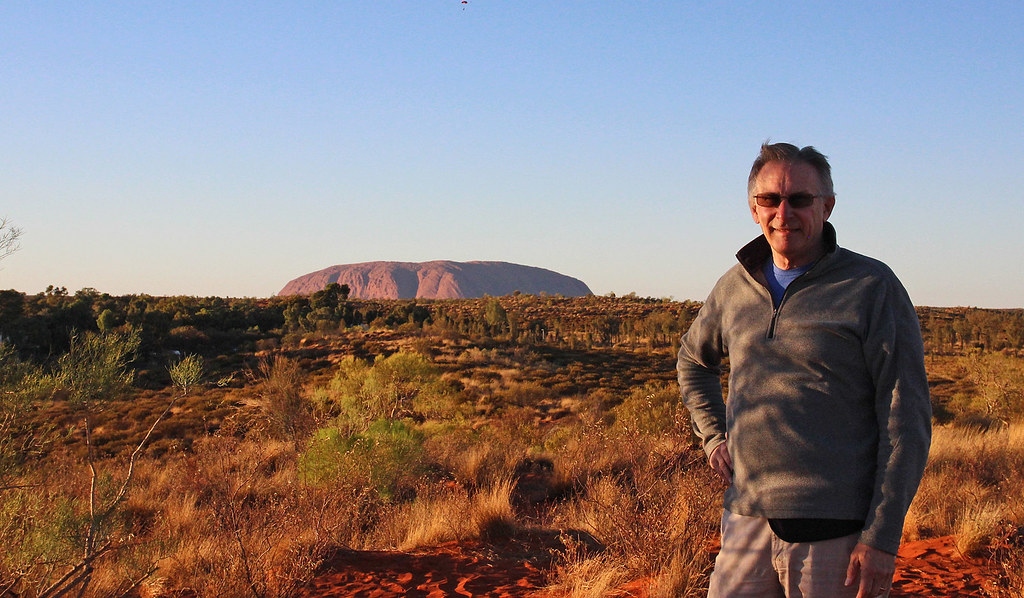Arizona Flash Floods Turn Deadly: 4 Lives Lost in Desert Waters (image credits: Unsplash)
The stark desert landscape of Arizona, captured in aerial footage showing muddy torrents cutting through normally dry washes, tells the story of nature’s sudden and devastating power. When flash floods struck the region, what began as another weather event quickly escalated into a tragic reminder of how dangerous desert storms can become.
## Desert Waters Can Kill in Minutes
Here’s something that might surprise you: Arizona sees more flash flood fatalities than almost any other state, despite being known for its arid climate. The recent flooding that claimed at least four lives isn’t an anomaly—it’s a deadly pattern that repeats itself across the Southwest every monsoon season.
Flash floods in desert regions are particularly treacherous because they can appear without warning. The hard-packed desert soil can’t absorb water quickly, turning gentle washes into raging torrents in mere minutes. What looks like a shallow stream can become a wall of water carrying boulders, debris, and enough force to flip vehicles.
## The Geography of Danger
Arizona’s unique terrain creates perfect conditions for flash flooding disasters. The state’s mountainous regions channel rainfall into narrow canyons and washes that funnel water at incredible speeds toward lower elevations.
Unlike floods in other parts of the country that build slowly over days, desert flash floods can peak within 10 to 30 minutes of initial rainfall. This leaves little time for warnings or evacuations, especially in remote areas where cell service may be spotty and weather alerts don’t always reach everyone in time.
## When Rescue Becomes Recovery
Emergency responders face unique challenges during Arizona flash floods. The same rushing water that creates the emergency often blocks access roads and makes helicopter rescues dangerous or impossible. Search and rescue teams must wait for water levels to recede before they can safely reach victims.
The terrain that makes Arizona beautiful—deep canyons, rocky washes, and remote wilderness areas—becomes a maze of obstacles during flood emergencies. Teams often have to hike miles on foot to reach stranded or injured people, carrying all their equipment through treacherous conditions.
## The Human Cost of Nature’s Power
Each flash flood fatality represents someone who likely had just seconds to make life-or-death decisions. Most victims are caught in vehicles attempting to cross flooded roadways, while others are swept away while hiking in popular canyon areas.
Key Takeaways:
- Never attempt to cross flooded roads—”Turn Around, Don’t Drown” saves lives
- Flash floods can occur with little to no local rainfall visible
- Desert washes can go from dry to deadly in under 30 minutes
## Weather Patterns Behind the Tragedy
Arizona’s monsoon season, typically running from June through September, brings the moisture needed for these violent storms. However, climate patterns have been shifting, making some storms more intense and unpredictable than in previous decades.
The recent deadly floods occurred during what meteorologists call a “training storm”—where multiple thunderstorms follow the same path, dumping enormous amounts of rain in a concentrated area. These storms can produce several inches of rainfall in less than an hour, overwhelming any natural drainage system.
## Lessons Written in Water
Arizona’s flash flood tragedy serves as a stark reminder that desert environments demand respect and preparation. The four lives lost represent not just statistics, but families forever changed by the raw power of moving water in an landscape that appears deceptively calm most of the year.
Emergency officials continue to stress that most flash flood deaths are preventable through awareness and smart decision-making. The question that haunts every such incident remains: How can we better prepare people for dangers that strike so suddenly in places where water is usually so scarce?








